National Tutoring Programme stats released!

The National Tutoring Programme (NTP) is a scheme that provides support for pupils and students most affected by disruption to their education as a result of the coronavirus (COVID-19) pandemic. In the 2020 to 2021 academic year, NTP delivered support to schools via two routes: tuition partners and academic mentors. In the 2021 to 2022 academic year, funding has also been provided directly to schools for school led tutoring, in addition to the other two options.
This publication provides:
- national, regional and local authority level estimates of the total number of starts made by pupils on NTP courses, as well as breakdowns of starts made by pupils on courses through the different options: school led tutoring, tuition partners and academic mentors, and
- national, regional and local authority level estimates of the percentages of schools participating in the National Tutoring Programme and each route.
Uncertainty in School Led Tutoring Estimates
Estimates regarding school led tutoring in the publication are based on the Educational Setting Status Form, a survey with a response rate of 31.4%. Because we infer from this sample what non-responding schools are doing, estimates are uncertain and should be treated with caution. This is particularly true for local authority level estimates where sample sizes are small but we are continuing to publish these estimates to help inform delivery at a local level. More information can be found in the methodology and flags for small samples and lower response rates are included in the data files.
The Department for Education (DfE) is also collecting data about School Led Tutoring through the School Census and the ‘School-Led Tutoring: Year-End Statement’ through the Education and Skills Funding Agency (ESFA). The DfE will use other data alongside the Educational Setting Status form to improve and expand NTP statistics in future.
Starts Made by Pupils on NTP Courses: Total since November 2020
Up to 8th May 2022, DfE estimates that at least 1,508,049 starts had been made by pupils on courses of tuition provided through the National Tutoring Programme. This is across the 2020 to 2021 academic year and the 2021 to 2022 academic year.
This is an estimated increase of 309,810 from 13th March.
This figure is for course starts. Individual pupils may undertake more than one course.
Starts Made by Pupils on NTP Courses: 2021 to 2022 Academic Year
Up to 8th May 2022, DfE estimates that at least 1,197,332 starts had been made by pupils on courses of tuition provided through the National Tutoring Programme in the 2021 to 2022 academic year. This is an estimated increase of 309,810 from 13th March.
Up to 5th May 2022, DfE estimates that 913,388 starts had been made by pupils on courses of tuition provided through school led tutoring on NTP in the 2021 to 2022 academic year. This is an estimated increase of 238,447 from 10th March.
Up to 8th May 2022, 165,230 starts had been made by pupils on courses of tuition provided through tuition partners on NTP in the 2021 to 2022 academic year. This is an increase of 36,454 from 13th March.
Up to 8th May 2022, DfE estimates that 118,714 starts had been made by pupils on courses of tuition provided through academic mentors on NTP in the 2021 to 2022 academic year. This is an estimated increase of 34,909 from 13th March.
This figure is for course starts. Individual pupils may undertake more than one course.
Schools Participation in NTP: 2021 to 2022 Academic Year
Up to 8th May 2022, DfE estimates that 66.8% of state-funded schools have so far participated in the National Tutoring Programme in the 2021 to 2022 Academic year. The percentage here represents the percentage of respondents to the Educational Setting Status form who are participating in the programme. This is an estimated increase of 6.9 percentage points from 13th March.
Whilst all schools can access NTP funding through the tuition partners route, not all school are eligible for school led tutoring funding or an academic mentor.
Analysis and observations
As you would expect, there is relatively little change from March:
- On average, more schools are making use of NTP in areas with more pupils eligible for free school meals (FSM) – a good sign. But the current data doesn’t tell us whether the NTP is actually reaching those pupils and schools who need it most.
- As expected, areas with higher levels of FSM have a particular reliance on the “academic mentors” strand of NTP, which provides full-time staff members for the areas of greatest need. While this is good news for now, this raises real questions about legacy – as NTP is phased out and responsibility for tutoring transfers entirely to schools, there won’t be a central group of academic mentors for schools to recruit from. By contrast, as high-quality tuition partners expand into new areas, they will remain available for schools to use after NTP.
- Areas with the highest levels of FSM face very different challenges with NTP.
- North East: In Middlesborough (39% FSM) schools are 40% less likely to be using a tuition partner and 20% less likely to be using an academic mentor compared to Hartlepool (37% FSM) which is 10 miles away – even though slightly more schools are using NTP in Middlesborough overall
- North West: Schools in Knowsley (39% FSM) are about as likely to make use of NTP as neighbouring Halton (35% FSM). But they are much more likely to be using an academic mentor and much less likely to be using a tuition partner (by around 15-20 percentage points)
- London: In Islington (39% FSM) only two thirds of schools are using NTP, although one in three is using a tuition partner. In nearby Hackney (38% FSM) more schools are using NTP (over 80%) but only one in eight is using a tuition partner.
Steve Haines, Director of Public Affairs at youth charity Impetus, a founding partner of the National Tutoring Programme, said:
“The National Tutoring Programme is a potentially game changing intervention and a once-in-a-decade reform. Today’s data shows that it is falling far short of its potential.
“More importantly, there is a lack of data that means we can’t be sure that the programme is really reaching the children and young people who need it the most.
“The Government must publish better data, including Pupil Premium take up, so that the National Tutoring Programme can effectively close the attainment gap for young people from disadvantaged backgrounds.”
On the importance of tuition partners, Steve Haines said:
“The government is planning to phase out NTP subsidies and ask schools to fund tutoring from pupil premium. We must grasp the opportunity of these subsidised years to establish high quality tutoring in the areas that need it most. The use of Tuition Partners is deliberately designed to have this legacy – in a way that Academic Mentors is not. We need to look beyond headline data and not lose sight of making this important transition a success.”
On cold spots, Steve Haines said:
“Schools in different places are making different choices about the best way to access the NTP. It’s likely that this reflects different levels of availability of quality tutoring in different parts of the country. NTP was designed to solve some of these supply challenges. As the government considers bids for its three NTP tenders, it is important that NTP’s role in supporting cold spots doesn’t slip through the cracks.”


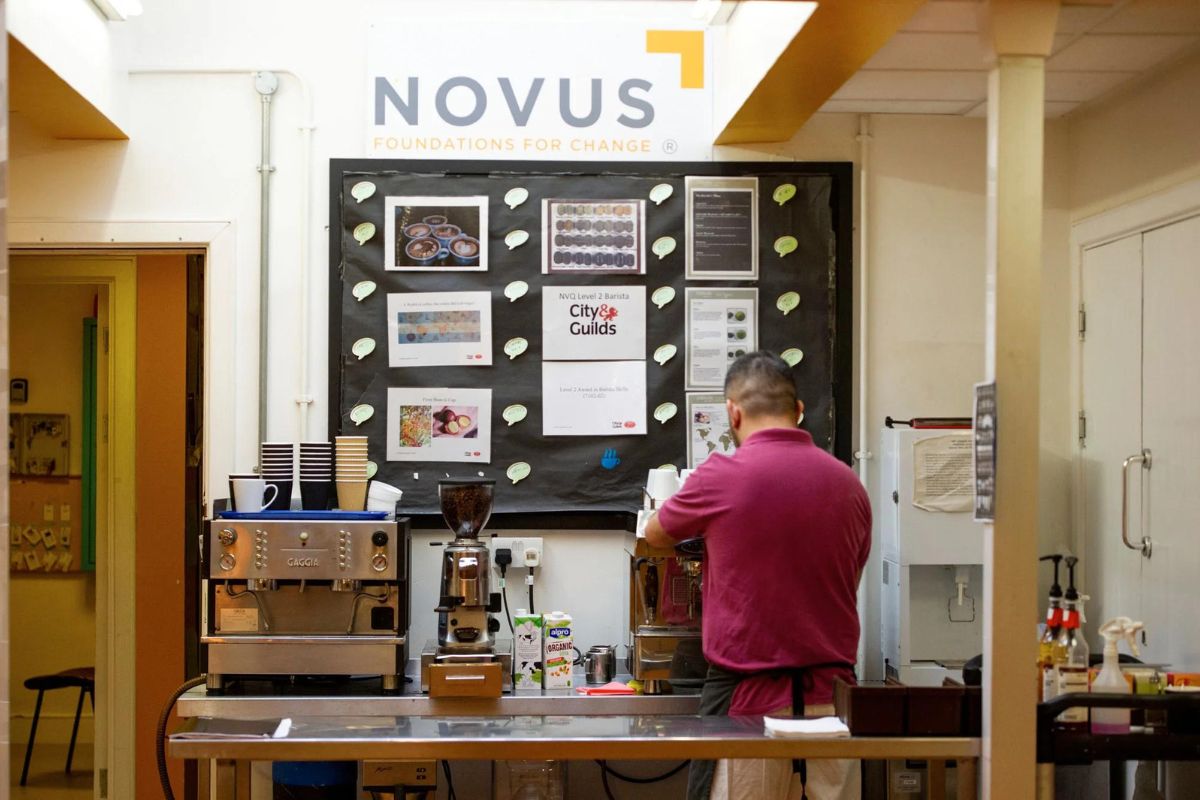



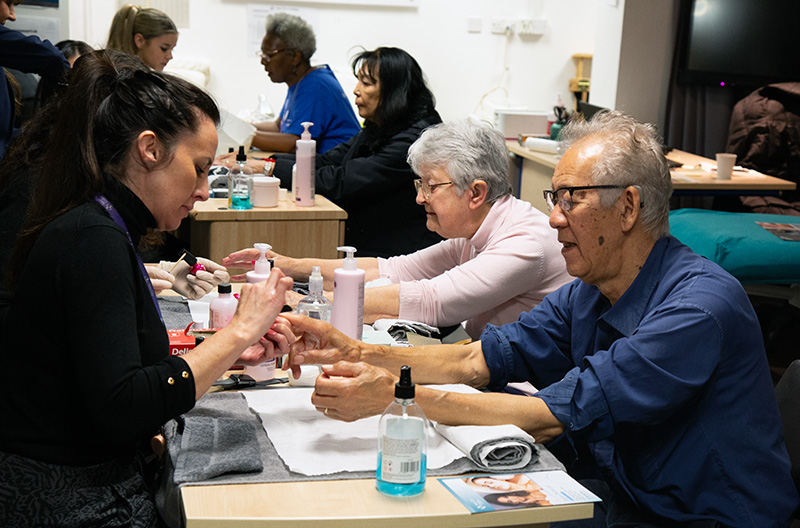
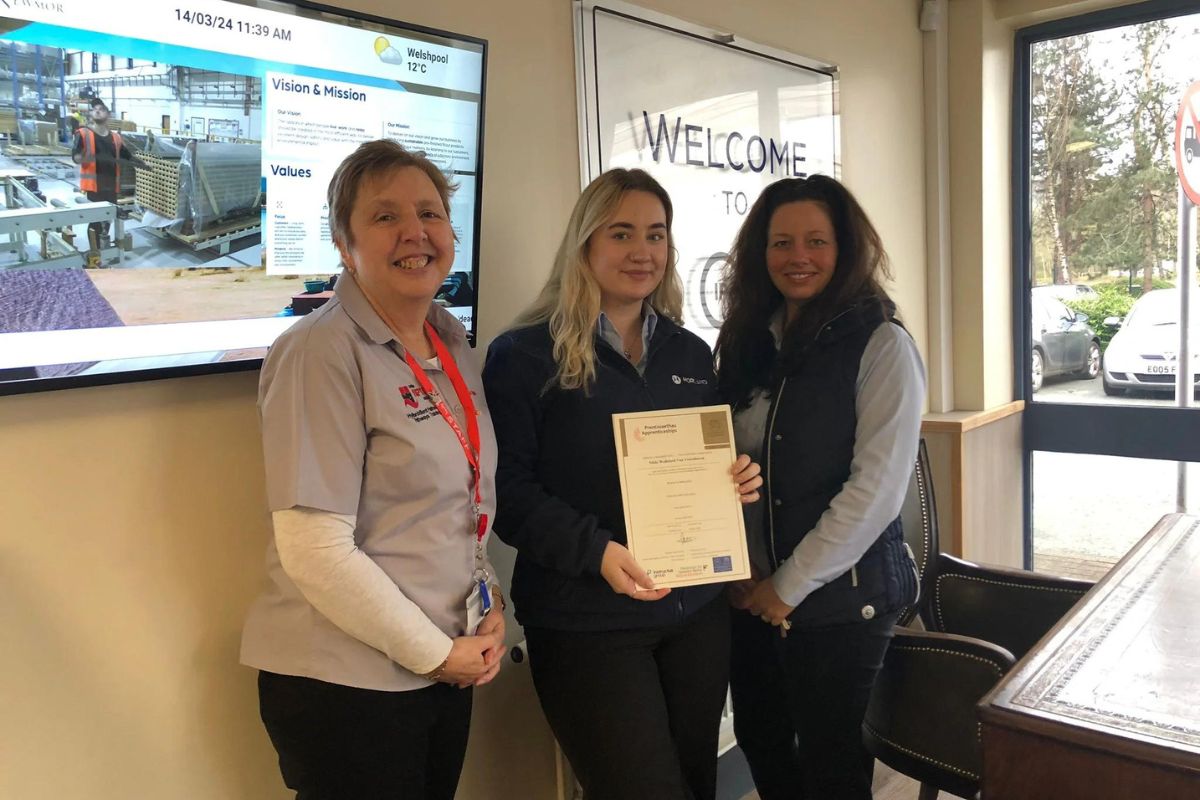

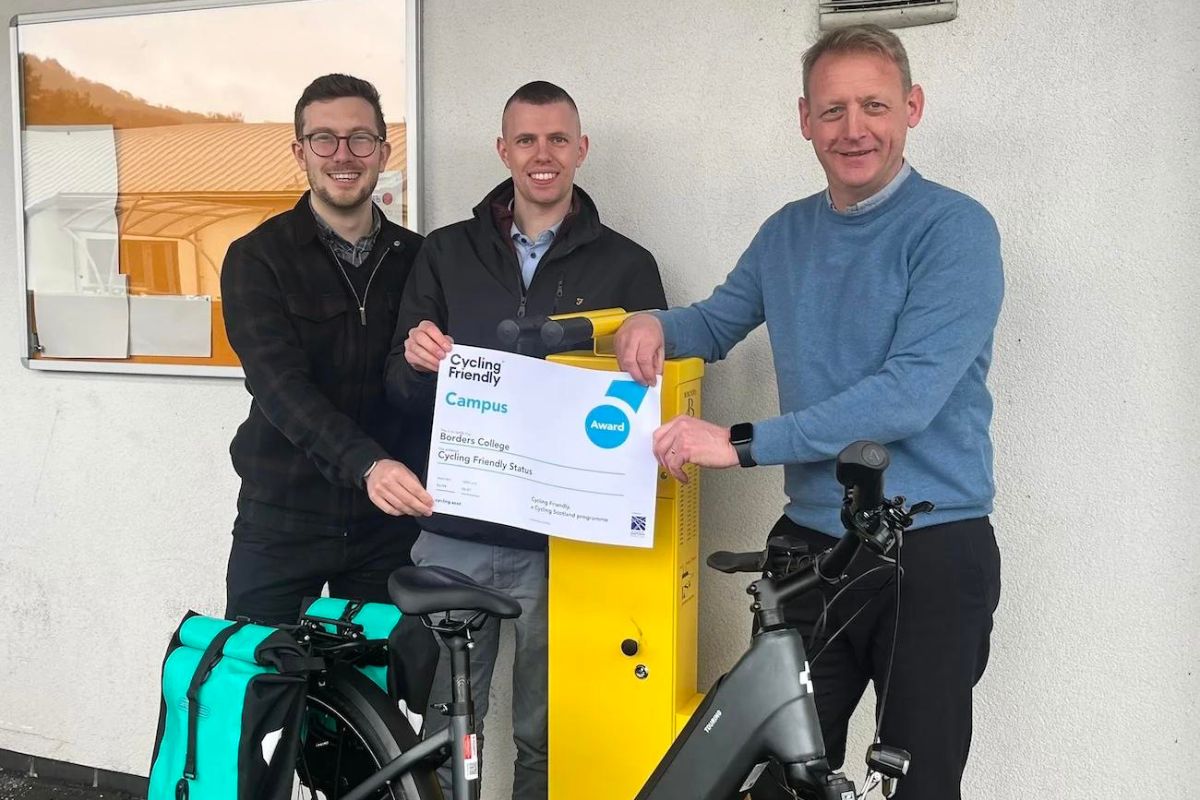
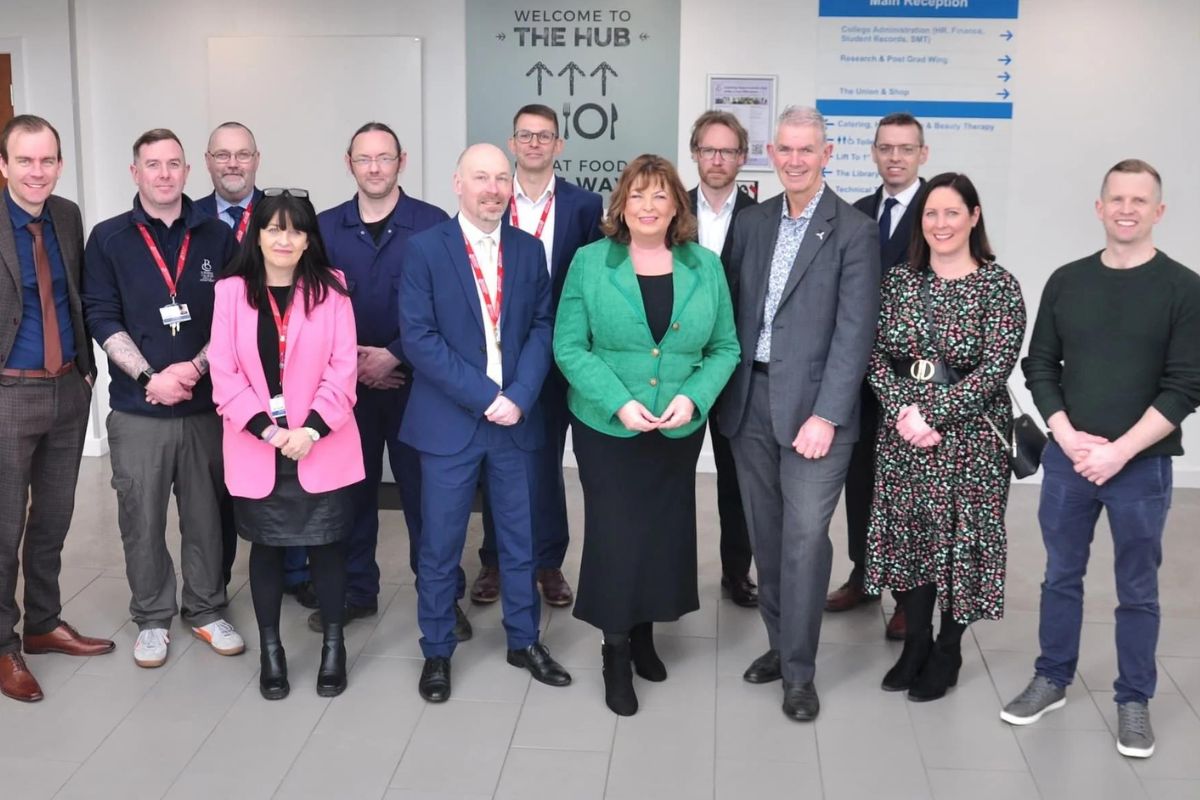

Responses